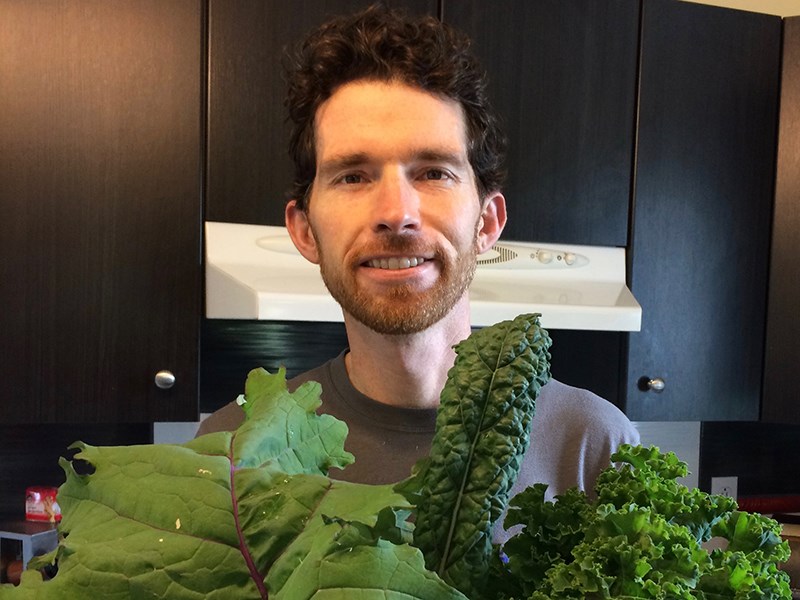When it comes to our vegetable garden, not much thought is put into water conservation. The reality, however, is that vegetable gardens use a lot of water. And with our recent hot, hot summers, water conservation should be a consideration.
Garden hoses, soaker hoses, sprinklers and watering cans are all tools we utilize to deliver water to our plants, yet all of these methods waste a lot of water. Water gets applied everywhere (the entire plant, the grass, the concrete, et cetera) instead of strictly the soil surface, or root zone, which is the only place it’s needed. It also creates more favourable conditions for weeds to grow, and for disease to spread.
The solution? Drip irrigation. Drip irrigation is a decades old, proven technology, but only in more recent years has the reliability of systems for the home gardener been available. It’s now easy to install a drip system, and also affordable. But how can you possibly water plants from just dripping water onto them? This question confused me, too, before I dug a little deeper.
Surprisingly, a large amount of water can come out of a tiny opening, whether the opening is on the water tubing itself, or a so-called drip emitter. And, interestingly, the water moves horizontally through the soil as well as vertically with gravity. This means, the location of one of the drip emitters may wet an area anywhere from 12” to 30” in diameter, depending on your soil type.
In other words, if your irrigation system is installed prior to planting you simply plant in the vicinity of the drip emitter and you can be sure your plant will be watered. Drip emitters can provide as little as 1/3 gallon per hour (GPH) of water up to two GPH. So, this “dripping” action can water your plant without any issue. Drip irrigation works because it waters plants slowly, and for longer periods of time.
Speaking of time, my favourite part of drip systems is setting them up to be automatic. Drip irrigation doesn’t have to be on a timer, but it sure saves a lot of time when it is.
For instance, if you watered your garden for one hour per day, three days per week over the course of four months you would spend 48 hours with a garden hose in your hand, and this doesn’t include watering the flowers or lawn. Personally, I can’t spare that kind of time.
Sure, I still make the rounds and see how all the plants are doing, and I still like to fertilize with the watering can, but remember that calculation? I now have a lot more time to do other things. My drip irrigation system comes on at 4 am and I’m still fast asleep.
Drip irrigation is fairly easy to set up and you can have a lot of fun with it. Or, hire a professional to install it for you. It’s a small investment that will last for many years, and can be adjusted every year as necessary.
Once you have your garden “watering itself” you’ll be wishing you had done it sooner. More importantly, you’ll be conserving one of our most precious resources.
And, you’ll be able to take those trips up to the lake and not have to wonder if your garden made it through a hot long weekend without water.
Chris Rowsell is the owner of West Coast Foodscapes, a Powell River company that specializes in building gardens, installing drip irrigation, as well as coaching, managing and garden-sitting services.



